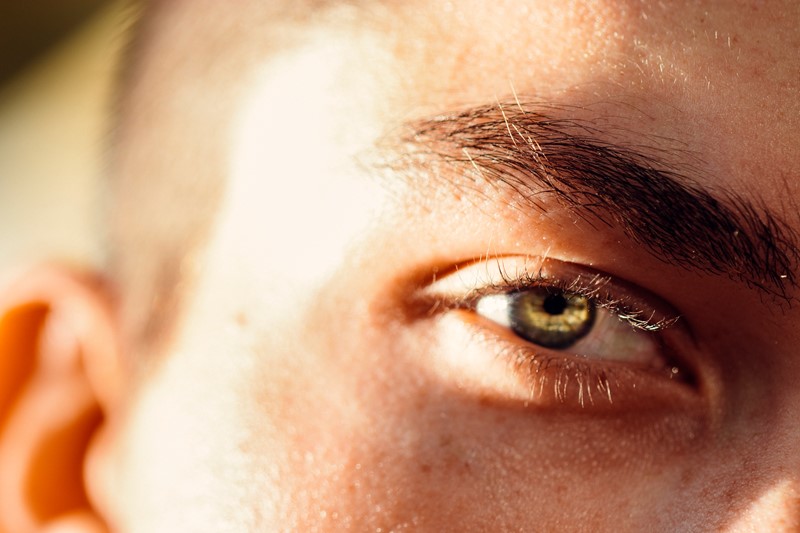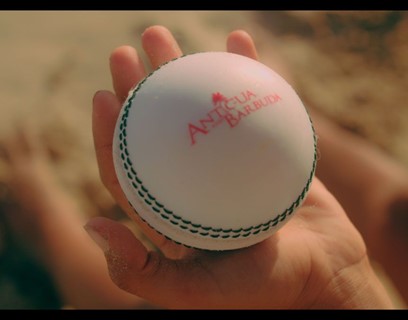
If you're looking forward to surfing this summer, you're not alone. Surfing continues to be a popular seasonal activity, with about 35 million people currently surfing worldwide. Unfortunately, this high number is paralleled by how many surfers are hurt by the sport. Almost 73% of this population have incurred surfing injuries throughout their careers.
Experts suggest that the best way to combat this is to take preventative measures. One way to have a safe surfing session is to be prepared for how physically demanding it is. Exercising regularly can significantly improve your surfing experience, lowering the risk of accidents leading to harmful situations.
Another risk that many tend to overlook is prolonged sun exposure. Many surfers develop health issues caused by harmful ultraviolet (UV) rays from the sun. This includes an uncomfortable eye condition called Surfer’s Eye. Keep reading below to learn more about Surfer’s Eye and ways you can prevent it from happening to you this summer.
What is Surfer’s Eye?
The term “Surfer’s Eye,” scientifically known as pterygium, was coined due to the condition being so common among surfers. It is primarily caused by exposure to the sun’s UV rays and can be exacerbated by dry eyes and environmental elements such as dust, sand, or wind. Considering that surfers are often exposed to all these factors, it’s no surprise that many of them contract the condition.
Pterygium is a thin membrane that develops at the corner of the eyes. It typically begins as a small, irritated spot, but it can grow over time when not treated appropriately. In severe cases, pterygium may spread to the pupil and block vision. When this happens, patients will have to get surgery to scrape off the growth from the cornea. This operation typically costs thousands of dollars in the US, and it does not certify that the condition won’t return.
How to avoid getting it
If you want to surf stress-free this summer, don't worry. Here are some ways you can prevent this uncomfortable condition:
Regularly wear sunglasses
The most effective way to avoid getting Surfer’s Eye is to use protective eyewear. Wearing sunglasses can provide UV protection while preventing particles from reaching the eyes. You can fit them with a tight strap, so you can wear them even while surfing for a few hours. A recommended model for this is Oakley’s Holbrook XL, which has heavy-duty impact protection and is designed for bright light conditions. You can even get them as prescription sunglasses from Sunglass Hut for better visual clarity. Just provide your prescription information when you order. This way, you can protect yourself from Surfer’s Eye while improving your surfing performance.
Flush out your eyes with saline solution
Debris and other irritants can cause corneal tearing that leads to pterygium growth. Surfers understand that getting sand in your eyes isn’t always avoidable, especially for beginners. If this happens, the best course of action is to wash your eyes with saline solution. Do not use ocean salt water, as it can lead to further irritation. Saline solution is recommended since it's formulated to clean wounds. You can opt for the solution sold by eyecare company Bausch & Lomb, which works great for sensitive eyes due to having a low level of preservatives. Prevent Surfer’s Eye by using saline solution right after surfing to flush out any foreign particles you feel in your eyes.
Moisturize your eyes
Pterygium development can be encouraged by dry eyes. Surfers are especially vulnerable to this: studies show that exposure to harsh environmental factors can increase the likelihood of having dry eyes. Most surfing sessions include windy conditions, bright sunlight, and exposure to saltwater which is extremely dehydrating. You can combat this by using moisturizing eye drops after you surf. Systane offers Lubricant Eye Gel Drops, which relieve dry, stinging eyes. Its gel-like consistency locks in moisture and ensures long-lasting results. Regularly using eye drops can cancel out the drying effects of surfing and stop the growth of Surfer’s Eye.
Don't let the fear of Surfer's Eye keep you from riding the waves this summer. Follow the tips above for a stress-free surf


